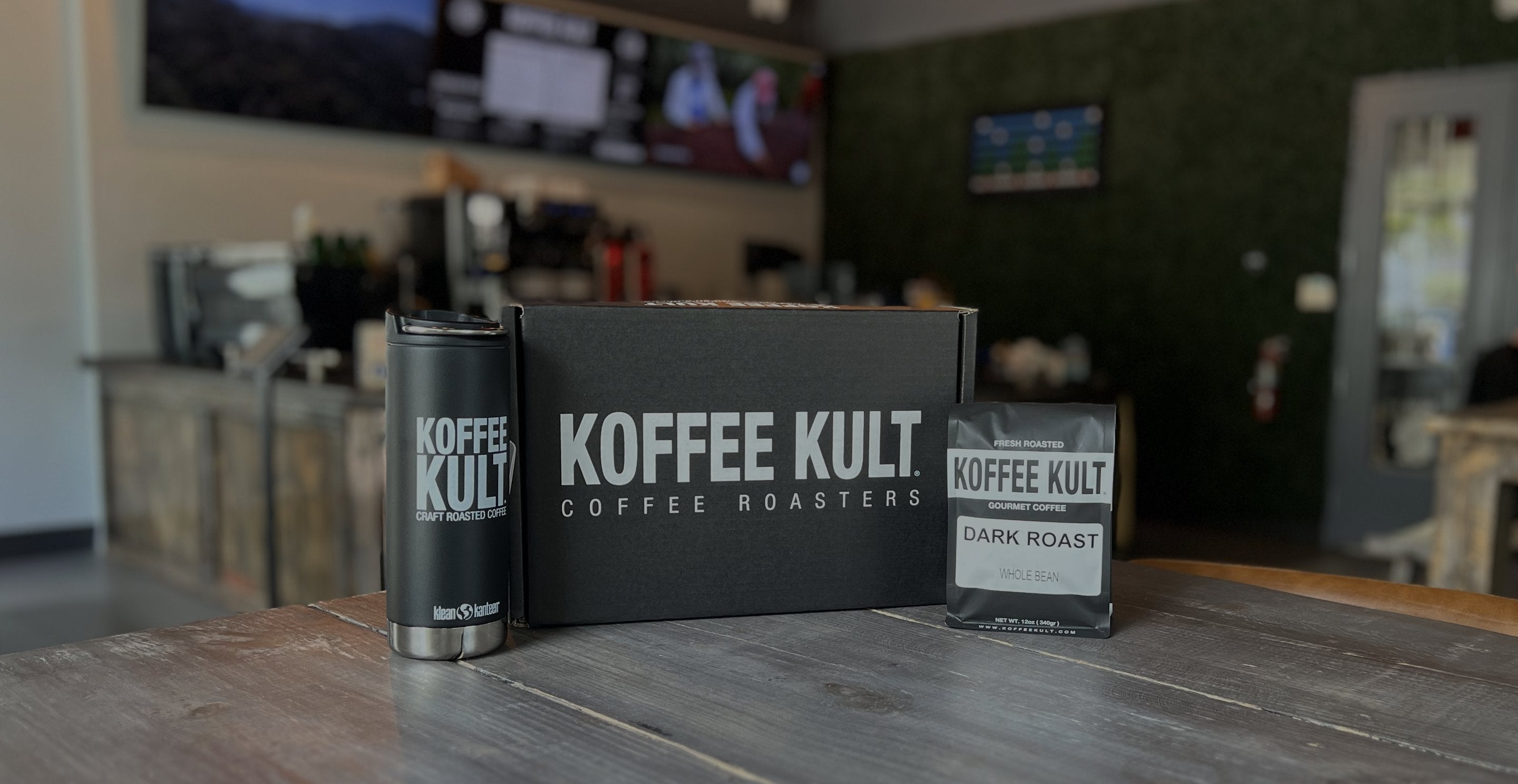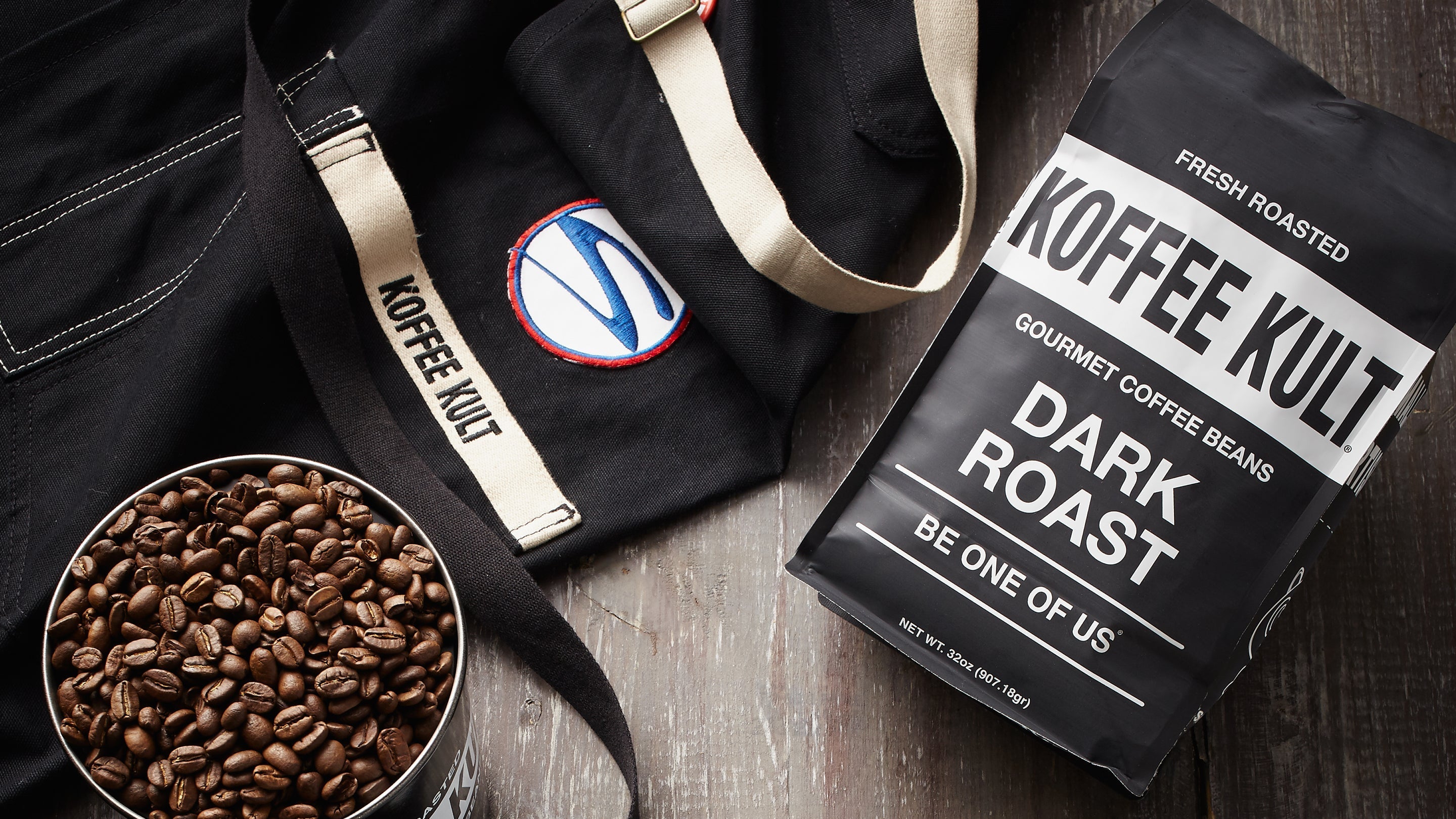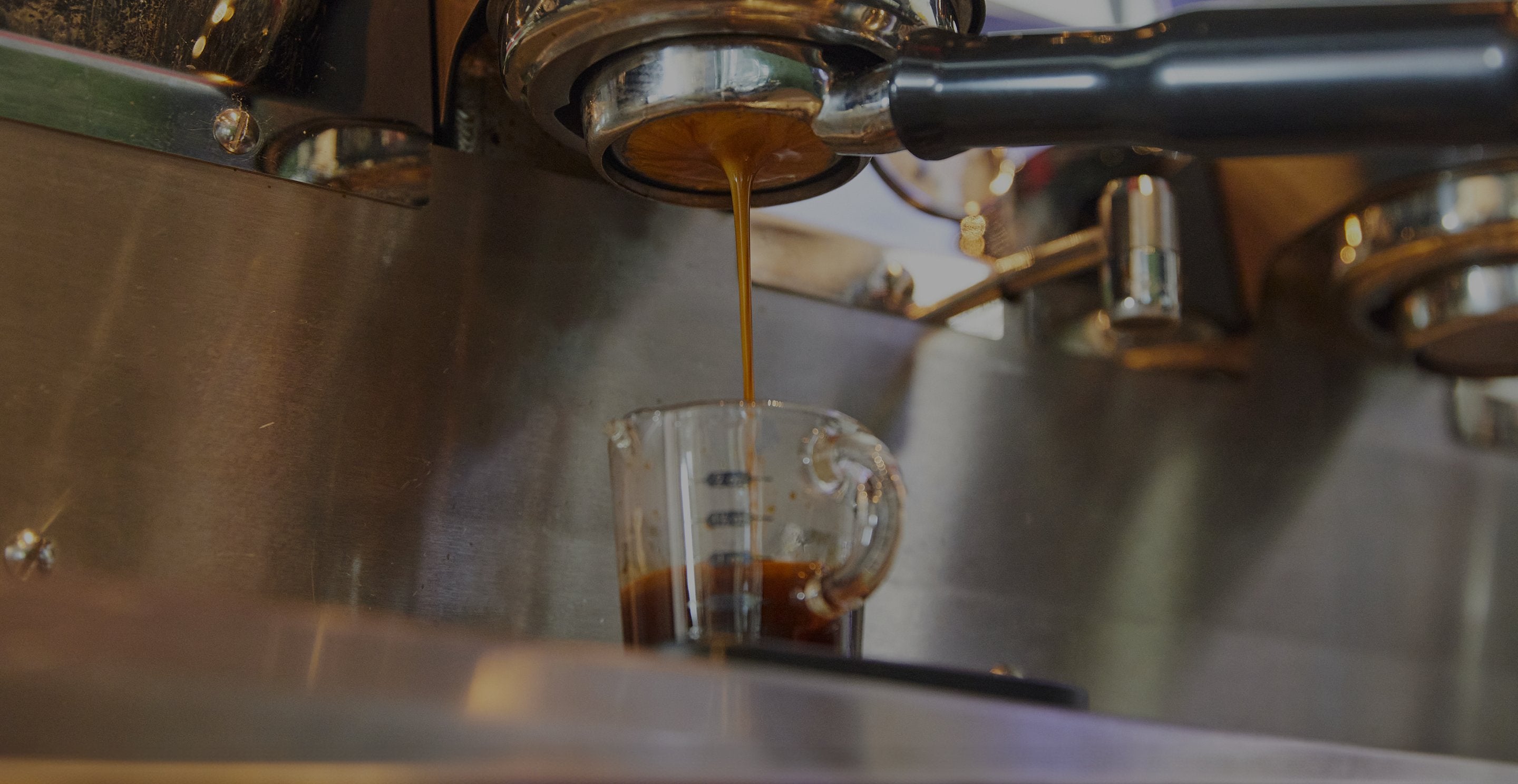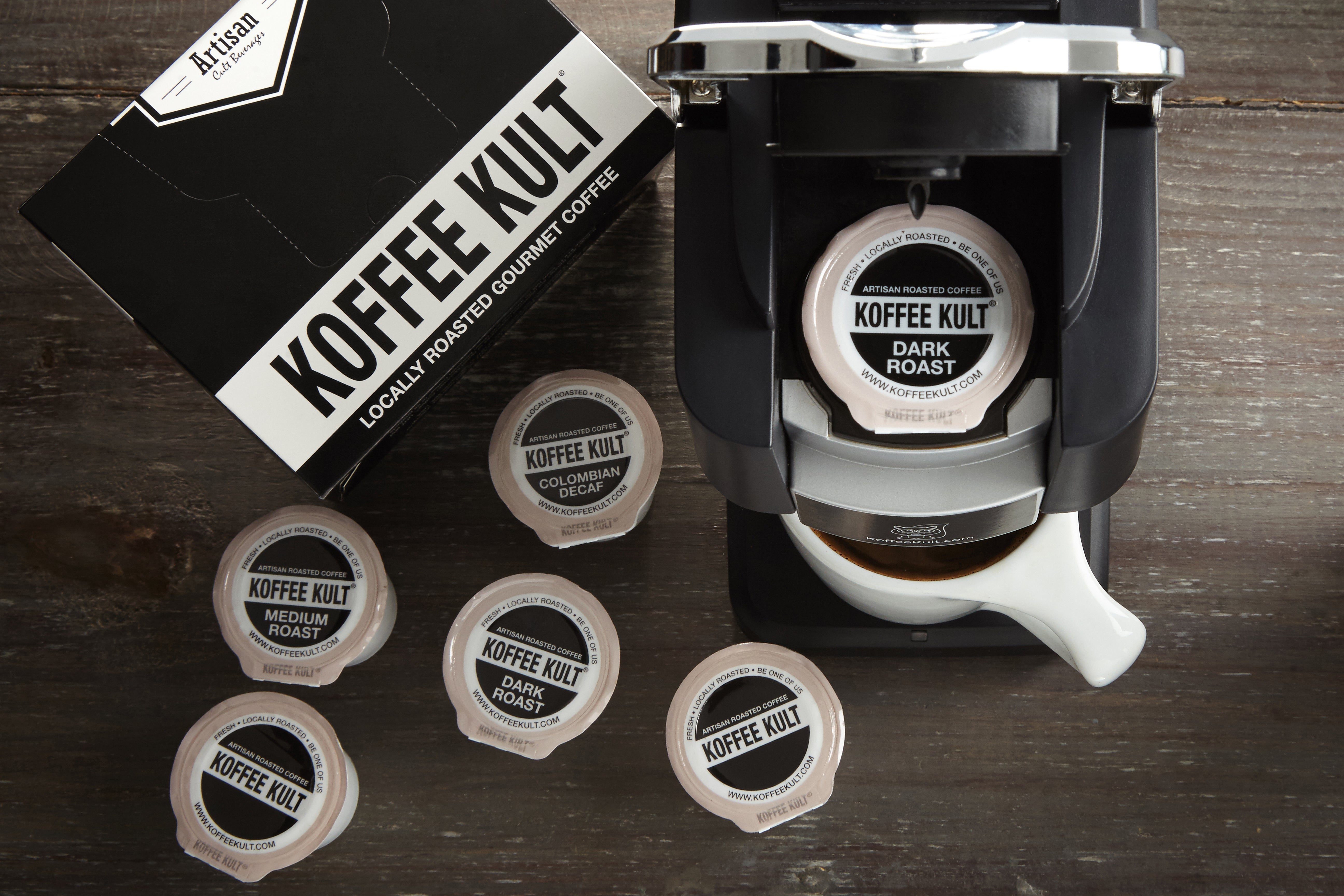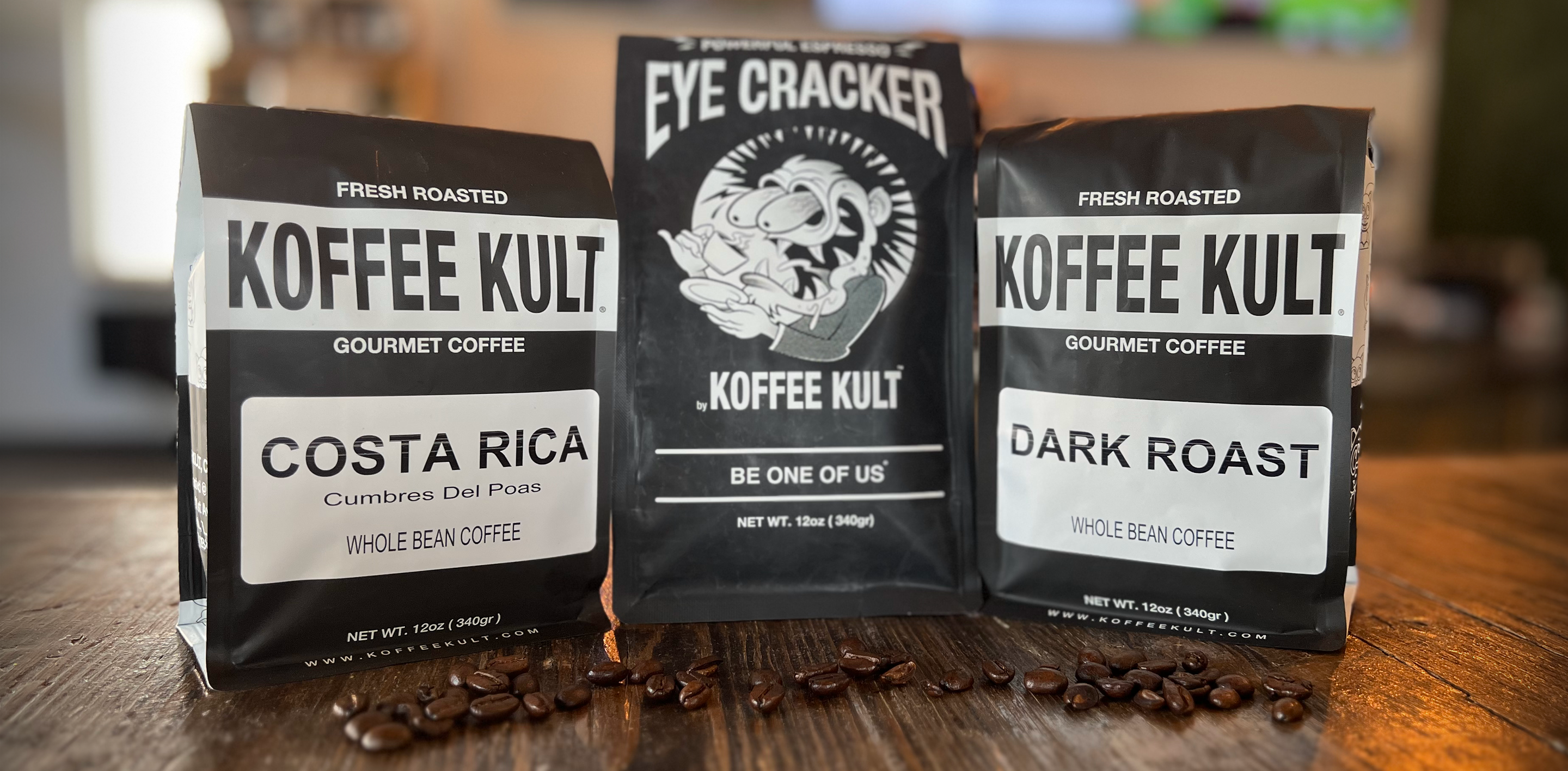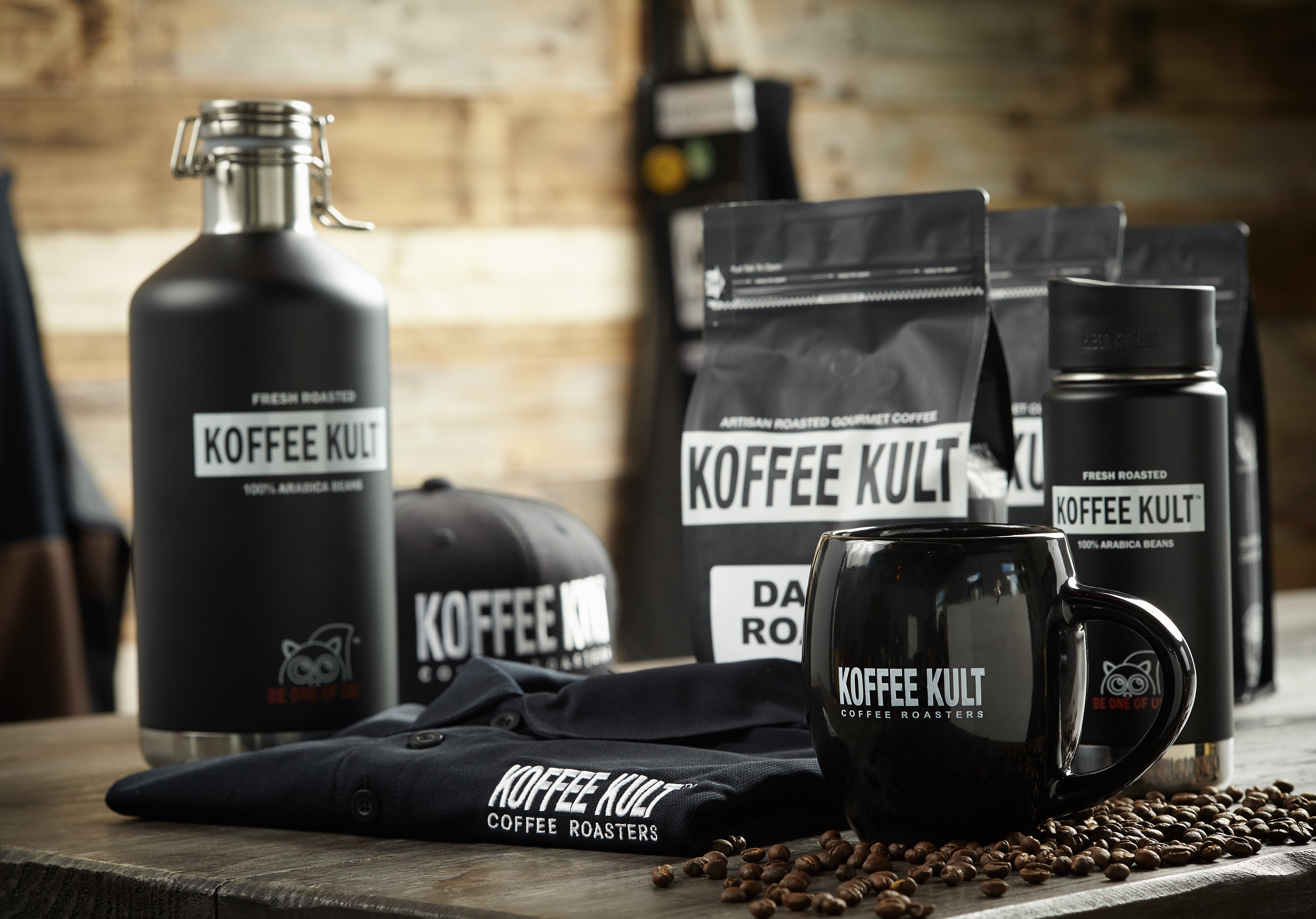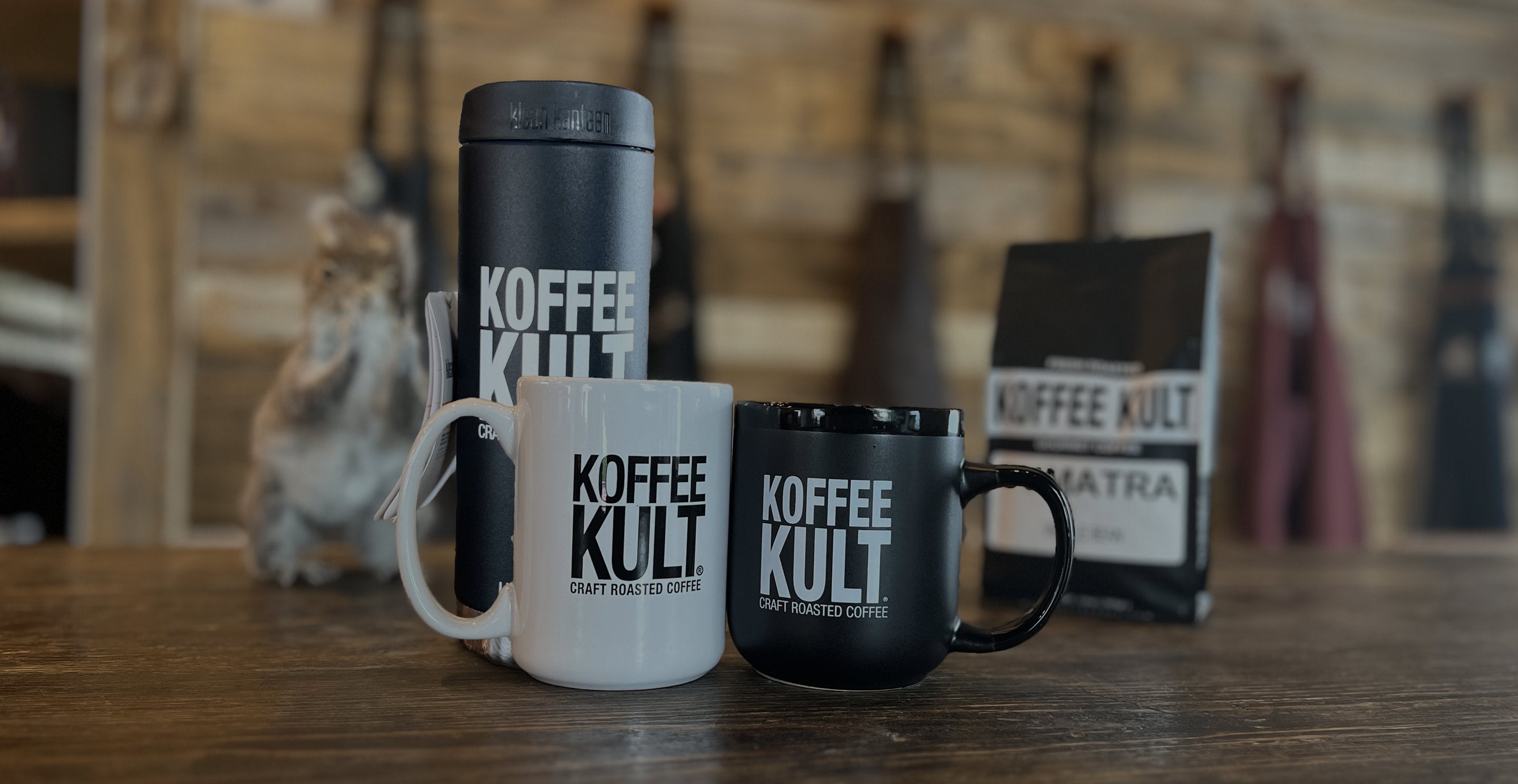Methods of Processing Coffee
Coffee comes in many forms. It’s brewed in a vast number of ways, and roasted in a variety of options, but before it can go through any of those procedures, it must undergo processing. What exactly is processing coffee, and what does it do to the coffee bean?
What is coffee processing?
Even after coffee is harvested from the plant it is still a fruit with the bean inside. When the fruit undergoes the processing, the bean is removed from the fruit. Depending on how the bean is processed has a direct correlation with the final taste of the premium coffee which is produced.
There are three forms of coffee processing; wet processing, dry processing, and semi-dry processing.
Dry Processing
This is known as the natural process or unwashed processing. The newly harvested cherries are sorted then placed out in drying beds for a natural sun drying process. To guarantee even dryness throughout, the cherries are spread evenly and raked multiple times throughout the day. This process is very tedious as it can take up to four weeks (or more) to ensure any excess moisture is completely gone.
When using this method to process coffee, it is important that a keen eye is checking continuously throughout the process as this directly effects the overall taste of the beans. Over drying can lead to brittle beans which will lead to a poorly produced cup of coffee. However, under processing and leaving excess moisture can produce problems with storage as it leaves the beans prone to bacteria and fungi.
Wet Processing
This process consists of washing the pulp of the cherry until the bean is revealed. This processing is often used for gourmet coffees because it reduces the acidity of the beans. The result: a fruity yet vibrant essence and flavor.
Wet processing can be done in two ways: fermented and wash method, or machine assisted wet processing.
Fermented and Wash Processing is the process which the cherries undergo fermentation and the pulp of the cherries is broken down by microbes. The cellulose of the pulp is broken down during fermentation as well, which release the coffee bean. Finally, the beans undergo a final washing stage that completely separates the pulp of the cherry and the bean.
Machine assisted wet processing is much simpler as the beans are placed in a wet washer. During that time the beans are constantly scrubbed until the bean is released from the pulp.
After being either fermented and washed, or machine assisted, once the beans have been separated they are ready to undergo the drying process.
You may be thinking, “Why undergo wet processing if you end up having to dry process anyway?”. The answer is simple: the process which the beans take produces different flavors, essences, and aromas from which different types of coffee are made. During their long journey from plant to fruit to bean, there are many steps that must be taken to enrich and lock in specific flavors. All of which can be completely ruined at the beginning with processing coffee beans.





